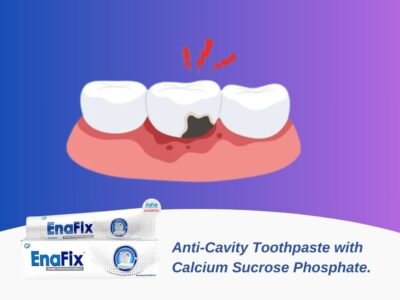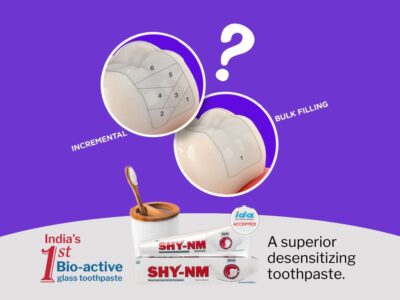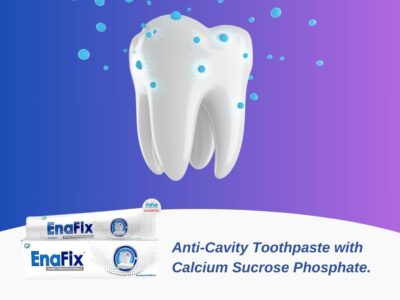Height loss is often considered a natural part of the aging process, but a longitudinal cohort study conducted in Gothenburg, Sweden, suggests that the structure of a woman’s mandibular bone might hold clues to predicting future height loss. The study, led by Dr. Grethe Jonasson and her team, has shed new light on the relationship between dental health and overall bone health in middle-aged and elderly women.
The study, which involved a population-based sample of 937 Swedish women born in 1914, 1922, and 1930, aimed to investigate if mandibular bone structure could serve as an early predictor of height loss. The participants were initially examined between the ages of 38 to 54 and underwent dental examinations with panoramic radiographs of the mandible, as well as general health examinations with height measurements taken on multiple occasions.
Over the course of three observation intervals spanning from 1968 to 2005, the researchers observed an average annual height loss of 0.075 cm/year, 0.08 cm/year, and 0.18 cm/year, corresponding to absolute decreases of 0.9 cm, 1.0 cm, and 2.4 cm, respectively.
The most significant finding of the study was that cortical erosion in 1968, 1980, and 1992 significantly predicted height loss 12 years later. Additionally, sparse trabeculation in these same years also predicted significant shrinkage over 12 or 13 years. Even after adjusting for baseline covariates such as height, birth year, physical activity, smoking, body mass index, and education, multivariable regression analyses consistently supported these findings, with the exception of cortical erosion between 1968 and 1980.
The study suggests that characteristics of mandibular bone structure, such as severe cortical erosion and sparse trabeculation, might serve as early risk factors for height loss. This discovery is particularly significant because most individuals visit their dentist at least every 2 years and have radiographs taken. A collaboration between dentists and physicians may open opportunities for predicting the future risk of height loss.
These findings underscore the potential for dental health assessments to offer valuable insights into a woman’s overall bone health and the likelihood of height loss as she ages. While further research is needed to fully understand the mechanisms underlying this relationship, this study represents an important step toward improving the early detection and prevention of age-related height loss.
As populations continue to age worldwide, research like this has the potential to inform healthcare strategies aimed at maintaining the health and well-being of aging individuals, particularly women who may be at higher risk for osteoporosis and related conditions.
Source: BMJ Journals




















Comments